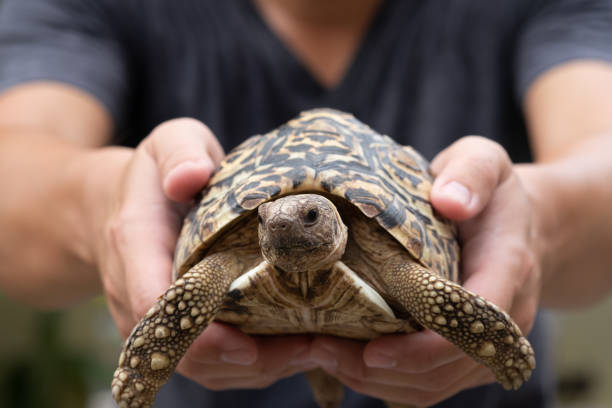Purpose:
The purpose of my website is to create an interactive learning space for children where they can discover information about tortoises. The main way I intend to educate and entertain my audience the creation of a documentary. Additionally, by hosting it on a website that provides fun facts and an interactive game, I can make my information more accessible.
Target Audience Research:
The Secret Life of Tortoises is predominantly aimed at children aged 6 to 12, a highly curious demographic, eager to learn, and drawn to educational and entertaining content.
Referring to Bulmer and Katz’s Uses and Gratifications Theory, children may engage with the website and its content to satisfy their desire for information, entertainment, and identity development. Therefore, the website would appeal to children’s informational and entertainment needs, offering fun facts, educational video content, and interactive games highlighting tortoise behavior, habitats, and conservation efforts.
The Secret Life of Tortoises can be divided into several Psychometric Categories based on how they engage with the content, both within the documentary and on the website. Many children in this age group would likely fit into the Explorers category, drawn to the interactive elements like the tortoise Tamagotchi-style game on the website. This game would captivate their curiosity and desire for hands-on, exploratory experiences, allowing them to care for and interact with a virtual tortoise while learning fun facts about real tortoises’ behavior and needs. The game’s interactive nature speaks to their love for novelty and discovery. Additionally, the website’s collection of fun, quirky facts about tortoises would appeal to Explorers, as these children are often fascinated by unusual, unexpected details that stretch their imaginations.
At the same time, some children might fall into the Mainstreamers category, as they tend to appreciate clear, structured, and familiar content. These children would enjoy the straightforward presentation of fun facts on the website, which provides digestible snippets of information in a comfortable, easy-to-understand format. The game’s simplicity, which focuses on basic care and observation, would also appeal to them because it offers a gentle introduction to tortoise biology in a safe, engaging way. For more goal-oriented children, the Succeeders category could be relevant, especially if the game includes challenges or rewards tied to successful tortoise care. This would give them a sense of achievement while reinforcing positive behaviors and conservation messages.
The Resigned category might be less likely to engage with the more dynamic or high-energy aspects of the website, but they could still enjoy the calmer, slower-paced elements of the documentary and simple facts about tortoises’ habits. Finally, the Rebels could be intrigued by any content that portrays tortoises as more unconventional or defying traditional expectations, especially if the website includes any surprising or rebellious aspects of tortoise behavior, challenging their perceptions of these creatures. The combination of engaging visuals, interactive games, and educational facts provides something for each psychometric type, making the experience accessible and enjoyable for a wide range of children.
This also plays a role in engagement. Children from different socioeconomic backgrounds may access content differently, with higher-income families (Typically C1 and above) more likely to have consistent access to digital resources. However, S.L.O.T ensures its content remains accessible, with free access making resources available to all, and educational material on tortoises widely accessible. This broad accessibility, combined with content that balances education and fun, enhances engagement, ensuring children of various backgrounds can enjoy learning about tortoises, regardless of their parents’ or guardians’ social grade.
This approach is extremely effective as it caters to the wider needs and diverse preferences of my audience while ensuring the content is both educational and entertaining. Using a mix of engaging visuals, facts, and interactive content, The Secret Life of Tortoise project can inspire curiosity and learning, effectively reaching children through the medium they enjoy most.
TECHNICAL RESEARCH
Equipment and Software:
Sony A58 Camera:
It is a DSLR camera that enables continuous phase-detection autofocus for both still photography and Full HD recording. The combination of both interchangeable lenses and autofocus allowed me to document tortoise footage easily at home.
Cons:
- It has good image quality, and its 20.1MP sensor allows for clear HD video footage.
- The fast autofocus technology is great for filming active subjects like tortoises.
- It is a lightweight DSLR camera that makes it easy to carry and perfect for mobile use.
Pros:
- It has outdated video capabilities, as instead of 4K video support, its limited to 1080p at 30fps.
- It has no external mic support so isn’t compatible with products such as the RØDE Wireless GO. This isn’t ideal when trying to achieve high quality audio.
- It is a discontinued model, so difficult to find accessories or support.
Tripod:
They provide stability for your camera, reducing blur and allowing for sharper images, especially in low light or long exposure shots. Although, its larger and bulky size can make it impractical to carry in certain situations.

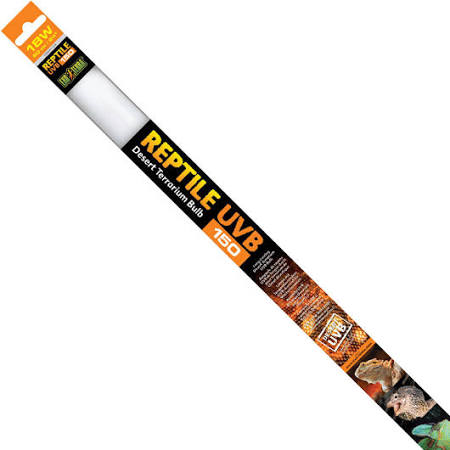
I didn’t end up using an additional light for the tortoises because they already had a sufficient heat and UV source, which not only met their needs but also maintained a comfortable and familiar environment for them without causing any unnecessary stress.
Neewer Light Reflector:
It was effective as it was able to direct the existing light and reduce harsh shadows and evenly illuminate the tortoise. This is a noninvasive way to enhance the quality of the footage.


Tascam DR-40 PCM Recorder:
It is a portable audio recorder used to capture high-quality audio independently. It served as a primary tool for recording sound, as a direct mic input isn’t possible with the Sony A58 DSLR Camera.
Pros:
- Since the Sony A58 lacks a mic input, the Tascam allowed me to record professional-quality audio separately and sync during editing. The easiest way to do this is by clapping, as it creates a spike in the audio waveform, making it easier to sync
- It also has flexible placement and higher audio quality allowing you to place it closer to the sound source and get the best possible audio, even if the camera is far away when filming. This contrasts to other recording equipment such as the RODE VideoMic GO. It is positioned on top of a camera and plugged into a mic input, which means both the microphone and camera both have to been quite close to the sound source to create good quality audio.
Cons:
- It requires manual syncing in post-production which although can be mad easier using the clap method id still an inconvenience and can be quite difficult for beginners.
- It has more complex controls than most basic recorders, so it can be a learning curve for beginners.
- It has a bulky appearance, making it difficult to hide, so it is not ideal for audio, which accompanies visuals such as interviews.
- The lack of wireless features means it requires a physical setup and handling.

TONOR Cardioid Condenser Computer PC Mic:
It allowed me to record a clear, studio-style voiceover in my documentary The Secret Life of Tortoises. It is a USB plug and Play mic ideal for student creators who need good quality audio on a budget.
Pros:
Cons:
HP Omen 15 Laptop:
It is a powerful gaming laptop I used for editing my documentary, creating my Tortoise Tamagotchi-Style game and developing my website.

Pros:
- The powerful performance makes tasks like editing video and game code a smooth and simple process.
- It also has good display quality with a colour accurate for any visual work.
- The multiple ports are also useful for connecting external accessories.
Cons:
- The battery life drops significantly quicker when running multiple or heavier software.
- It is also bulky and heavy, weighing around 2.5k,g making it not overly portable or ideal for mobile use.
- When running for a long period of time it can begin to get quite hot and will require the fans to turn on which are quite loud and distracting.

IPad 10th Generation:
It is a lightweight and easily portable tablet that I am using alongside an Apple Pencil (1st Generation) to create hand-drawn animations.
Pros:
- It is easily portable making it perfect for on-the-go drawing and sketching when accompanied with an Apple Pencil.
- It has very long battery life meaning I can have prolonged creative sessions without interruption.
- It allows my software of choice FlipAClip to run smoothly.
- It has apple Pencil (1st Generation) support allows for precise and simple drawing.
Cons:
- File Transfers between the Ipad and the HP Omen 15 Laptop can be inconvenient. This is because the easiest way to share files is via Airdrop or ICloud which are only compatible with Apple products. Therefore, I often have to share content via Outlook or Teams.
- It has access to limited Professional Software such as Adobe Animate or Premiere Pro so is not efficient for high-end editing or development. As an alternative I use Adobe Express for basic video editing.

FlipAClip is a free beginner-friendly software with tutorials that allows me to create animated videos on my IPad 10th Generation. Whilst it includes premade assets and frames, it also allows you to create your own original animations. Additionally, it allows you to add audio and export the animations as videos.
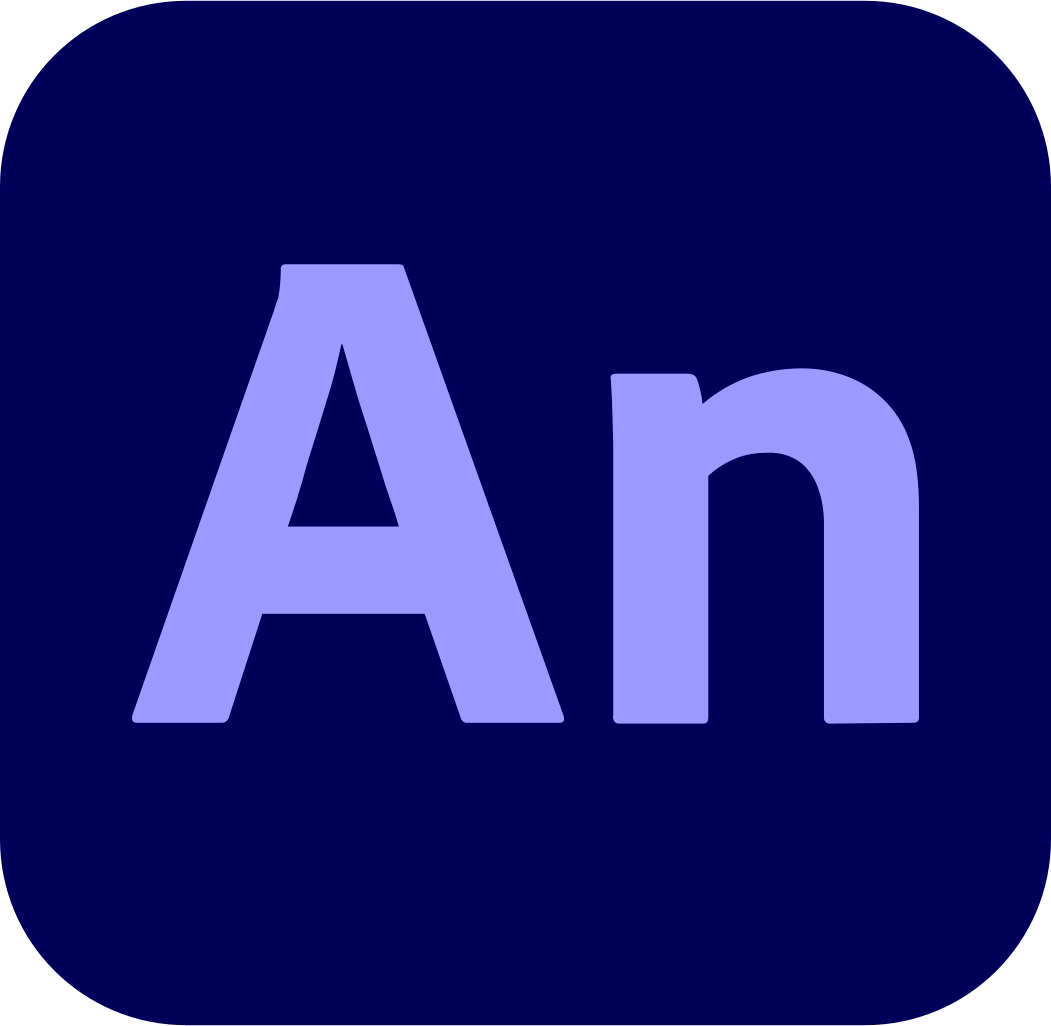
Adobe Animate is a versatile animation software used to create interactive graphics and 2D animations. It supports timeline-based animation, tweening, and exporting to formats like HTML5 Canvas and WebGL. Animate is available through an Adobe Creative Cloud subscription but isn’t accessible on IPad, so I used FlipAClip (which is free) and an Apple pen to create hand-drawn animations when on the go. I would then later import them into Adobe Animate for final touches

Adobe Premiere Pro is an industry-standard video editing software, used for creating high-quality content, which was ideal for my documentary editing. It offers a range of advanced editing, color grading, audio tools, and AI features. Whilst Premiere Pro is an ideal software for video editing, it is only available through an Adobe Creative Cloud subscription, so alternatives such as CapCut can be used if you require a free alternative. However, these free video tools lack an in-depth toolkit for editing, so they aren’t as efficient for creating high-quality content.
Adobe XD is an industry-standard software which I used to help designs assets for both my game and website.
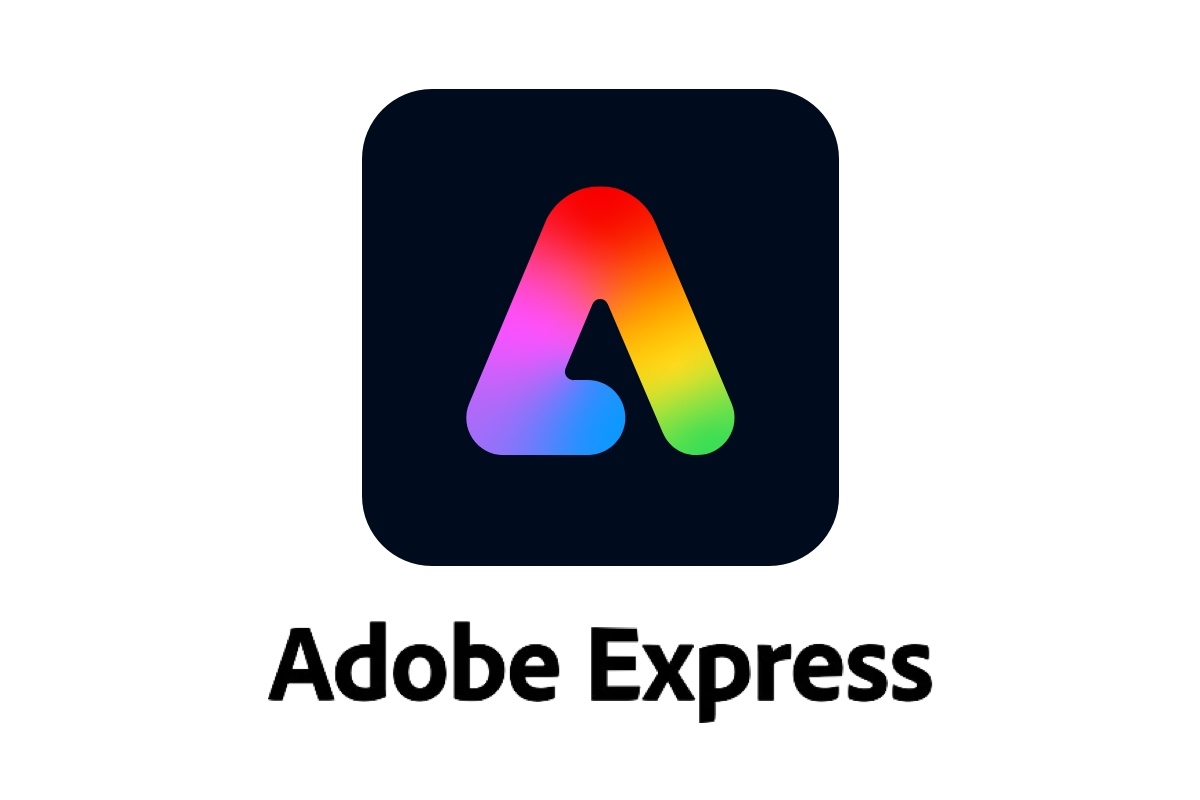
Adobe Express is an easy-to-use, cloud-based design app for creating social media graphics, videos, flyers, and other digital content quickly, and is accessible on mobiles and tablets. It offers a range of templates, generative AI features for images and text, quick actions like background removal, and basic video editing. Adobe Express is available for free with optional premium features through a subscription. This was ideal when I needed to work on the go and couldn’t access Premiere Pro for simple video editing.

Canva is a free software that is ideal for creating viusaly aesthetic mood boards, PowerPoints and so much more. It is often preferred over PowerPoint due to its simplicity and visually pleasing templates.

WordPress is a popular open-source content management system used to create websites and blogs, powering a large percentage of the internet. It’s known for its flexibility, extensive customization through themes and plugins, and user-friendly interface for managing content like posts and media. This was perfect and super simple for self hosting my website.

Elementor is a popular drag-and-drop website builder plugin for WordPress, allowing users to create custom websites visually without needing to code. It features a live front-end editor, a wide range of design widgets, and responsive editing capabilities. Elementor is available as a free plugin with core features, and a premium “Pro” version unlocks advanced functionalities like theme building and more widgets. I use the free version, which still allows me to add my creative touch to my website.
Notes – Apple iCloud Is a free apple software I used to quickly write down any thoughts and checklist so I wouldn’t forget. I also used it to scan in important documents like my Learner Authentication Form.

Microsoft Word is an industry-standard software used for creating, editing, and formatting text-based documents like letters, reports, and resumes. It offers enhanced features including spell/grammar checking, text styling, template use, and the ability to insert tables, images, and charts. Word is available as part of the Microsoft 365 subscription service (with cloud and offline access) or as a standalone purchase, with free basic versions accessible online and on mobile. The ability to access offline alongside its autosave feature was perfect for working on the go and ensuring no work was lost.

Microsoft Forms is a simple web-based application by Microsoft used to create online surveys, quizzes, polls, and questionnaires quickly. It allows users to collect responses in real-time, view automatic charts for data visualization, and export results to Excel for further analysis. Similar to Word, Forms is accessible via a web browser with a Microsoft account (including Microsoft 365 school or work credentials) and integrates with other Microsoft 365 services. It was ideal for collecting feedback during Focus Groups and Exhibition for problem solving, research, and my evaluation.
I alo used a website called EZGIF to hep turn my images into GIFs.
Stylistic Research:
The Documentary Modes for The Secret Life of Tortoises would primarily fall under the Expository and Observational modes, with elements of the Performative and Poetic modes to enhance engagement.
The Expository Mode is the most dominant in the documentary since it relies on a clear “voice of God” narration to present information about Hermann tortoises. The structured format of introducing topics, providing expert insights, and using animation for explanation reinforces this educational approach. It aligns with traditional wildlife and nature documentaries, similar to David Attenborough’s style, but with a more creative approach and playful tone. For my Expert interview, I will be speaking to a Zookeeper at Rodbaston Animal Zone, where they are highly educated and care for a diverse range of tortoises.
It also follows conventions of the Observational mode by acting as a “fly-on-the-wall”. The audience observes the tortoises’ real life without interrupting. When recording the tortoises, the aim is to be as unobtrusive as possible, so the tortoise footage is captured in an unguarded and raw state. This will be achieved through using CCTV footage of the tortoises, which will be presented in the style of a vintage TV, to make the low quality of the camera look intentional.
The supporting documentary modes are Performative Mode, as the playful narration and dramatic storytelling present a tortoise’s journey as an epic adventure, creating performative elements. Whilst the sound designs of exaggerated crunching and victory music add a humorous element and personality. This makes the audience feel emotionally connected to the tortoises. Meanwhile, the Poetic Mode can be seen through the macro shots of tortoises eating, slow-motion climbing, and basking in the sun introduce poetic elements. Also, the animated sequences add a stylised, artistic representation of their “secret lives,” making the documentary more immersive. To present the tortoise’s journey as an epic adventure, I will be creating animated sequences, I will be sketching a Mission Impossible-style scene using the app FlipAClip.
My documentary blends expository (education), participatory (personal involvement), and performative (engaging storytelling) modes, with poetic visuals enhancing the experience. This hybrid approach makes it both informative and entertaining, appealing to a broad audience.
Case Study: My Pet and Me
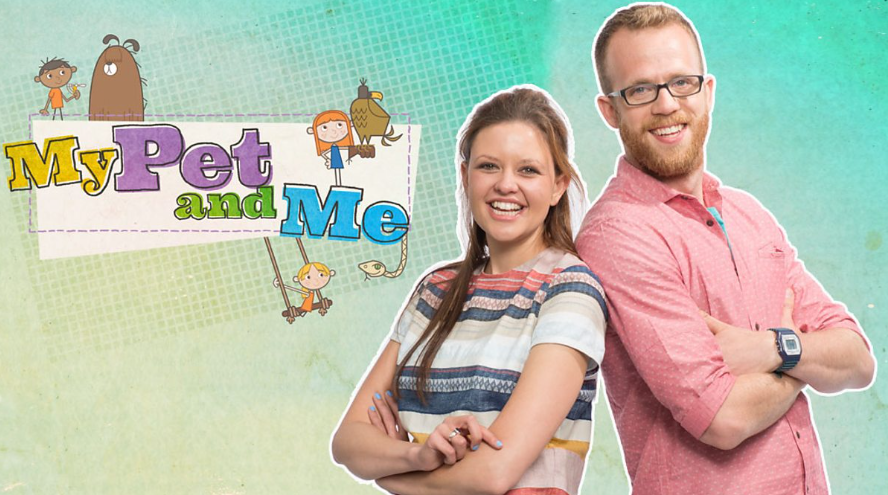
CBeebies’ My Pet and Me has heavily influenced the creation of the Secret Life of Tortoises in both style and approach. The Children’s TV show is well known for making animal education a combination of fun, accessible, and educational. This is achieved through using a mix of warm narration, real-life experiences, and interactive storytelling. Similarly, my documentary mirrors the way My Pet and Me presents information in a way that is both entertaining and educational through blending humour, playful narration, and engaging visuals to bring the secret world of tortoises to life. For example, the use of animation in my opening scene, where the tortoise is portrayed as a “Secret Agent” before cutting to its real, much slower movement, creates a comedic effect to capture the attention of the young audience. The use of animation also makes the more scientific and difficult to understand aspects of the documentary more digestible and easy to understand. Additionally, with personal footage of my tortoises and footage sourced by the public, viewers can connect with the tortoises as unique individuals rather than just a species.
Case Study: Tamagotchi

As stated on the Tamagotchi official site, “Tamagotchi was first released on November 23, 1996. This ‘handheld care toy’ became a big fad mainly among high school girls” and was a pioneer in virtual pet care. I drew a lot of inspiration from this virtual game as its core appeal was to create a sense of responsibility and emotional connection through a simple yet compelling virtual pet as you feed it, clean it, play with it, and monitor its overall health, much like a real pet. This exact model directly helped develop my idea of users looking after their virtual tortoise. Through the ability to name their tortoise and select the colour of the egg, I hope to make them feel as though it is personalised to them, whilst replicating the same addictive nature of the game. I do not intend for my game to be completely realistic, so I will add creative emotes, as I feel it will humorous and entertaining style. A few examples of these custom emotes will be a tortoise skateboarding to prevent it from being bored, or even as simple as drinking orange juice when the tortoise is thirsty.
Case Study: National Geographic Kids
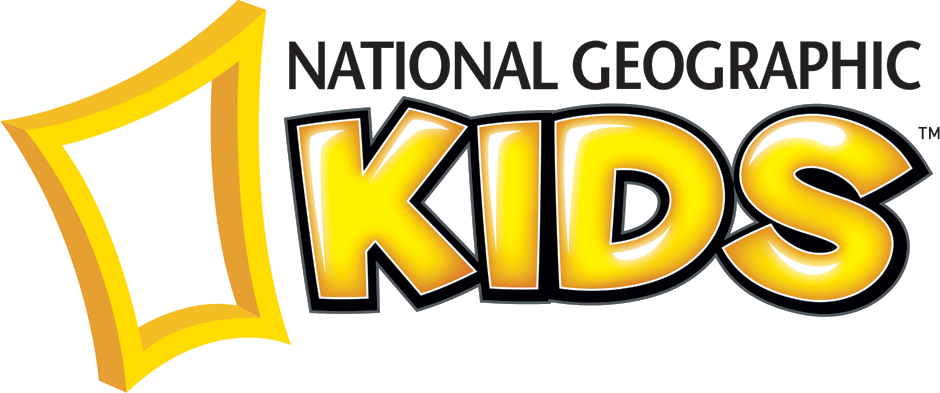
National Geographic Kids was a massive inspiration with its bright colours, engaging visual storytelling, ability to spark a curiosity for discovery, and interactive educational approach. ‘The Secret Life of Tortoises’ is an interactive website that aims to captivate children in the world of these fascinating reptiles. My college project mirrors National Geographic’s commitment to making learning a fun and immersive experience through its short documentary enriched with animation and a voice-of-god style voice over, alongside a Tamagotchi-style tortoise game. Although a key differentiator between my FMP and National Geographic is my commitment to accessibility,a s all my content is entirely free, unlike their paid subscriptions for premium content, ranging from £3.99-£4.99 per magazine if not purchased in a bundle. Through removing financial barriers, I am making educational resources available to a much broader audience of children and educators.
Tortoise Information: (facts, habitat, species, lifespan, etc.)
Tortoises are reptiles of the family Testudinidae of the order Testudines (Latin: tortoise). There are around 49 different tortoise species (according to Tortoise | Reptile, Habitat, Diet, & Lifespan | Britannica), with some of the most known being Herman, Russian, Leopard, Indian Star, Galapagos and Red-Footed Tortoise
Using this article, 10 facts you may not know about tortoises | ITV News Wales, which summarised information found on Pets4Homes, I was able to find facts to develop and use across my website.
Here are 10 facts that you may not know about tortoises:
A tortoise’s shell is made up of 60 different bones, all connected to each other
A group of tortoises is called a ‘creep’
Tortoises have extremely strong mouths but no teeth
They have good all-around vision and a very good sense of smell
They are cold-blooded – they draw heat from their environment and are more active during the day than at night
Tortoises can live to the age of 150, but the average age a tortoise can live to ranges from 90 to 150 years
Tortoise eggs incubate between 90 to 120 days before they hatch
Female tortoises are usually larger than their male counterparts
A male tortoise has a longer tail than of a female
Before tortoises hibernate in winter, they starve themselves so their stomachs are empty
(These bullet points were taken from ITV)
I discussed the differences between Female and Male tortoises using simple wording, to make it simple for children: Male Tortoises usually have thicker, longer tails and an inward curved bottom shell, like a bowl. This helps them climb better and stay balanced. Males tend to be a lot more active and even a little bossy when around other tortoises. On the other hand, Female Tortoises have a flatter bottom shell and shorter, stubbier tails so they have room to carry eggs. Females also love to dig nests when it is time to lay their eggs, and are usually larger than males. Girl Power, tortoise style!
Tortoises are land-dwelling reptiles, however, they live in a range of habitats from deserts to wet and humid tropical forests, depednding on their species. Also, the life span of tortoise is dependent on their species with some tortoises such as leopard tortoises living over 100 years, whilst some tortoises can have a life span as short as 25 years.
An experienced tortoise owner who uploads videos Youtube videos on the channel Garden State Tortoise also helped inform me with a lot of knowledge throughout my research.
Language and Visual Effects:
For tips on script writing for my educational documentary-style video aimed at children aged 6-12, I used Comedy Crowd. I tried to keep the language as simple as possible, yet humorous, to make it an enjoyable experience for both children ages 6-12 and also the adults in their family. I have achieved this through a specific vocal tone and language, alongside subtle intertextual references and subtle visual cues.
Through directly mirroring Justin Fletcher’s successful BBC character Mr Tumble, the voiceover for my documentary aims to be highly engaging for children through the use of clear, accessible language presented in a playful and enthusiastic tone. This similarity further extends past expressive delivery to the subtle direct address, aiming to make learning fun and inclusive for all children. Also, the use of captions wishing my editing will allow accessibility for those who may have hearing difficulties. Whilst my primary target audience is children ages 6-12, I aim to achieve a positive shared family experience.
To specifically engage adult viewers, the documentary subtly references intertextuality to add a layer of humour and knowing appreciation. For example, in the opening animated scene, a tortoise is robbing a salad bank accompanied by a copyright-free Mission Impossible style theme song, which reminds adults of the iconic spy movie franchise, which adults will appreciate for its cultural reference, whilst children enjoy it visually.
Finally, the documentary subtly aims to create a sense of nostalgia. This can be seen through its animated vintage TV style frame, completed with a brown tinted colouring during the ‘CCTV TORTOISE SURVEILLANCE’ or even the classic digicam style frame during a photo montage of some of the audience’s tortoises. It aims to transport the older audience back to old times, allowing them to tap into their previous memories, whilst connecting with the documentary.
Fonts, Colours and Layout:
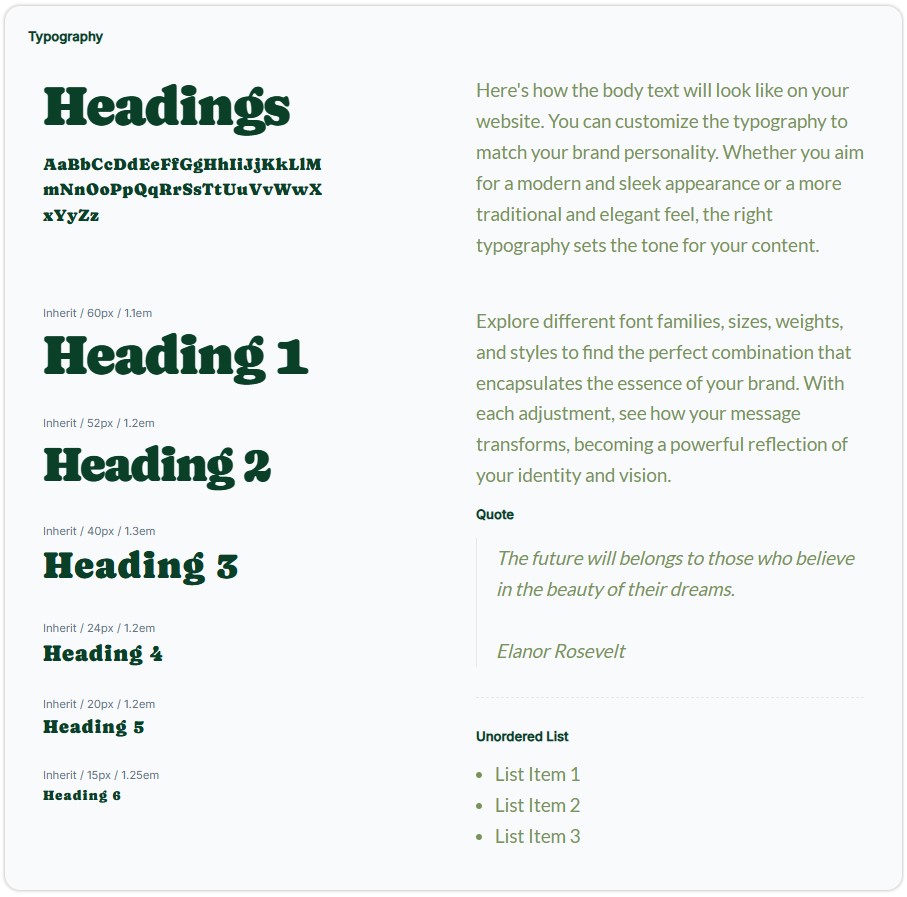
To clearly structure the website I used an old font for headings. This helps improve user experience as they make the page look clearly structured as they they break up text and are simple to read. Additionally, the use of bold writing helps draw attention to key information, which makes the website easily scannable.
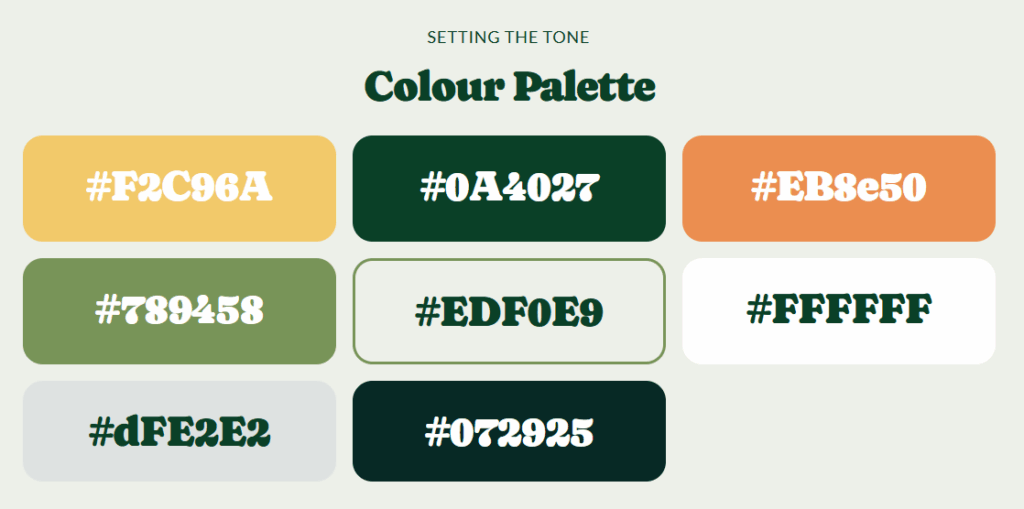
I chose to use green as my main colour because of its positive effects on children’s emotions and learning. Green is interpreted as a calming colour that is often associated with healing and good well-being. A VeryWellMind.com article uploaded in 2023 proved that by surrounding children with green, it is possible to improve their reading and comprehension abilities, which are qualities that support the educational goal of my FMP. Additionally, Green is the colour of nature and growth, reinforcing the website and documentaries’ key themes of care for animals and environmental appreciation. Overall, using Green, I aimed to deepen children’s understanding of how to care for the tortoise’s world and foster a gentle curiosity for animals.
Whilst the colour orange is thought to bring warmth and encourage social interaction, cooperation and communication, making it a friendly and welcoming colour. Additionally, it is often seen in playgrounds as it is believed to enhance critical thinking and memory. (Link)It can also evoke an autumnal feeling, and a reminder of fruits and flowers, linking to one of my themes, nature.
Finally, having yellow accents is essential as orange is commonly associated with happiness and warmth. Combined, they emphasise creating a positive atmosphere around learning. The cheerful colour yellow is also believed to increase mental stimulation as discussed in (link). However, if overused, yellow can be seen as overwhelming as it is an intense shade. The colour also relates to the themes of tortoises as it can be seen in the sandy and earthy tones of their habitats and dandelions, and common tortoise food.
Overall, the combination of these colours creates a successful colour palette as it reinforces the theme of nature whilst stimulating children’s minds and engaging them.
